The party-boy prince mooted to be King of Australia
On his Melbourne tour, Prince Alfred was bored by pomp and ceremony, preferring gambling, partying and brothels. Yet he was so wildly popular many wanted him to become King of Australia.
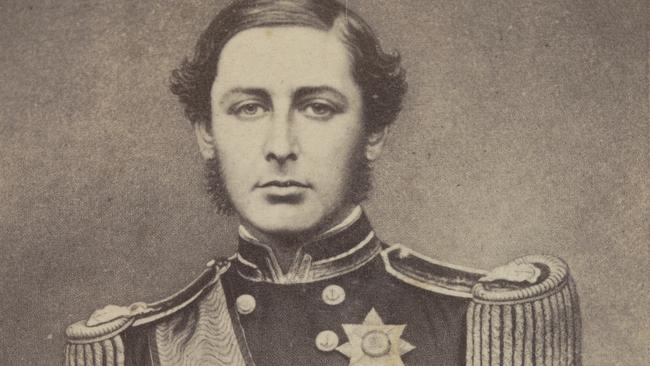
Black and White
Don't miss out on the headlines from Black and White. Followed categories will be added to My News.
Australia’s first royal tour was marred by a riot in Melbourne, a triple-fatality fire in Bendigo, and an attempted assassination in Sydney.
Yet, despite a succession of disasters for Prince Alfred on his 1867-68 tour – and narrowly escaping with his life – he enjoyed his Australian sojourn so much he returned twice.
The “party-boy prince” is the subject of today’s new episode of the free In Black and White podcast on Australia’s forgotten characters.
State Library lead curator Carolyn Fraser says Queen Victoria’s second son was “wildly popular” with Aussies, and it was even proposed that he become King of Australia.
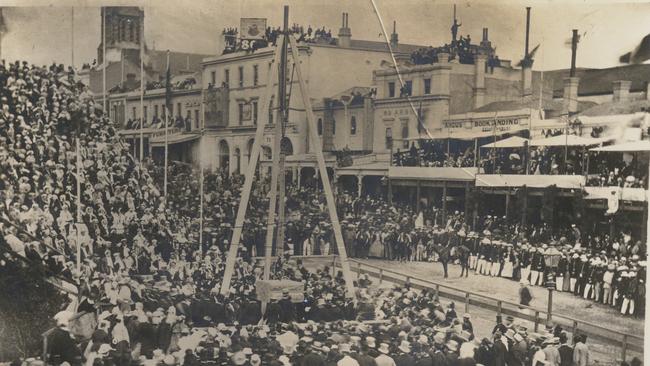
“He was almost an Australian, and in some ways he is and was an honorary Australian,” she says.
“In the State Library, we have a document which records a proposal made by one of the early colonists that the country federate, and that Alfred be installed as the King of Australia.
“The proposal goes into great detail about all sorts of geopolitical and cultural and economic benefits that this would have, so it indicates there was a certain amount of support.”
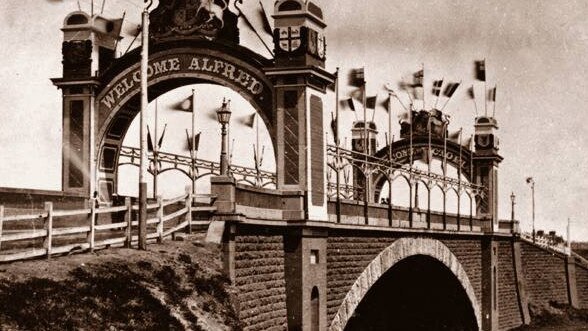
Much like royal tours today, the visit of Prince Alfred, aka the Duke of Edinburgh, sent Australians into a frenzy of adulation and celebration.
Elaborate arches were erected in Melbourne and the towns he visited, illuminations and bunting were put up, and crowds lined the streets to see the prince and his entourage.
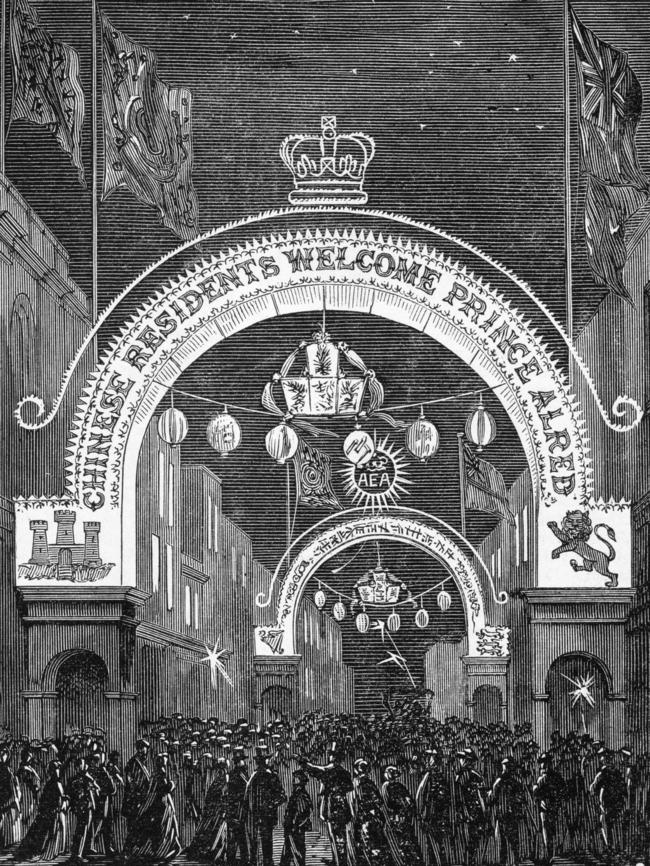

Outside the official appearances, which apparently bored him immensely, Prince Alfred spent his time in Melbourne gambling, hunting, drinking, partying and frequenting brothels, often escorted by hedonistic Police Commissioner Charles Standish.
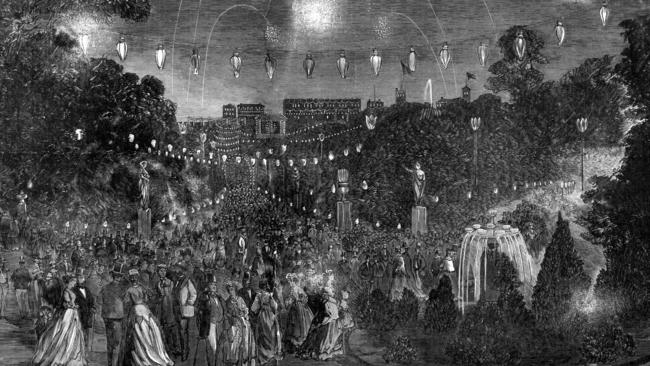
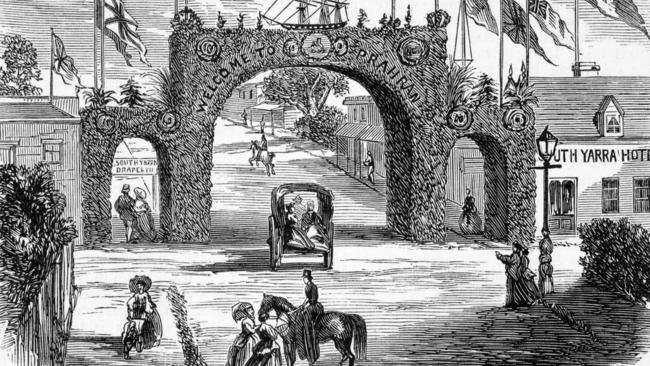
But trouble erupted when a mooted appearance by Prince Alfred at a huge “banquet for the poor” on the banks of the Yarra did not eventuate.
“Fifty-thousand extra people turned up than had been expected,” Ms Fraser says.
“A riot broke out. Food was flung around. Giant vats of wine were overturned. People were collecting wine in their hats. It was a total mess.”
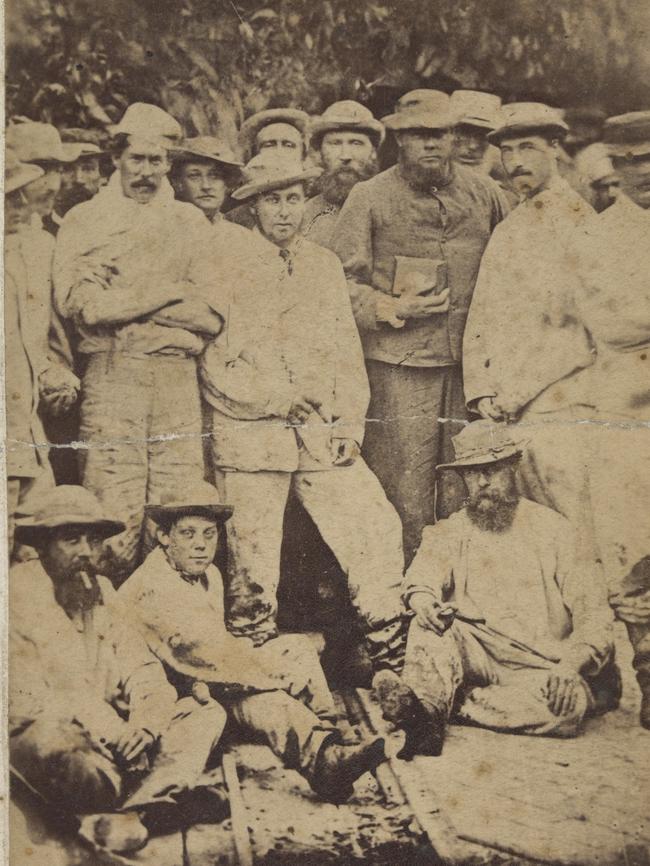
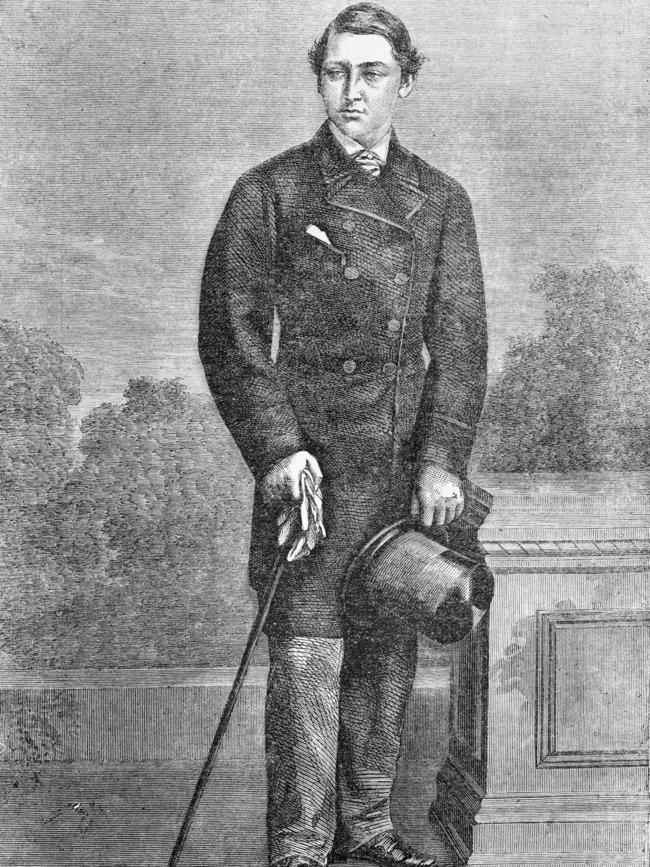
When Prince Alfred visited Bendigo, the citizens staged an enormous procession, which included a replica of the prince’s ship, the Galatea, crewed by children dressed as sailors.
“Somehow, the model Galatea caught fire,” Ms Fraser says.
“There were boxes of fireworks on the model Galatea. They also exploded. Four children were injured; three of them ended up dying. So that was a terrible, terrible event.”
The string of disasters continued that night, when a ball was to be held for the prince at a newly constructed Prince Alfred Hall.
“Just before the ball was meant to begin, the illuminations were lit. They set fire to the building and it burned to the ground,” Ms Fraser says.
“After the fire, or during the fire really, he suggested they move the ball to another location.”
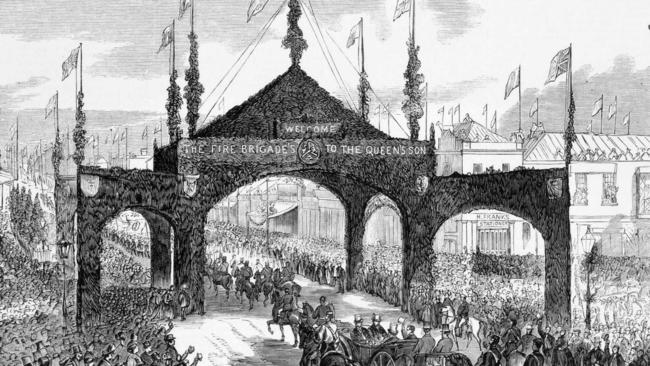
At a picnic at Sydney’s waterfront Clontarf on March 12, 1868, Prince Alfred was shot in the back by Irishman Henry O’Farrell.
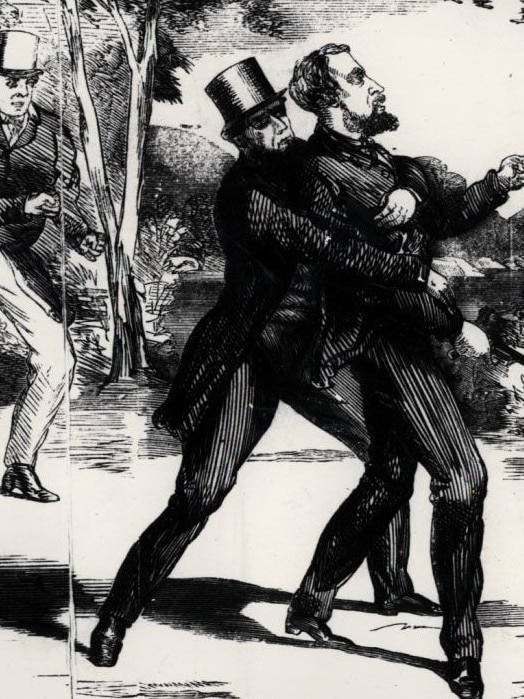

“Very fortunately, the bullet was deflected by a pair of heavy braces that the prince was wearing,” Ms Fraser says.
“The assailant was wrestled to the ground. The prince was quickly put into a boat in the harbour to be taken to safety.
“There are descriptions of how he nearly got tossed into the harbour in all of the kerfuffle of trying to get him into the boat.”
O’Farrell, who was an Irish nationalist known as a Fenian, was tried and hanged, and the shooting is often considered Australia’s first political assassination attempt.
Prince Alfred’s shooting sent shockwaves through Australia.
Once it was clear he would recover, huge sums of money were donated in gratitude.
In Melbourne, the people were so thankful the prince survived they established a fund to build the hospital now known as The Alfred.

“There are a number of Prince Alfred hospitals in Australia,” Ms Fraser says. “You will see Alfred streets and Prince Alfred pubs all over the place.”
Listen to the interview with State Library Victoria lead curator Carolyn Fraser in the free In Black and White podcast on Australia’s forgotten characters on Apple/iTunes, Spotify, web or your favourite platform.
And listen to our previous episode on the party boy with a taste for gambling, grog and brothels who became Victoria’s police chief.
See In Black & White in the Herald Sun newspaper Monday to Friday for more stories and photos from Victoria’s past.
